The Armor We Wear
When was the last time you felt truly, deeply seen by another person? Not just heard, but understood. A moment where you let your guard down, showed a piece of your true, unpolished self, and the person across from you didn’t run away, but leaned in closer. Those moments are the bedrock of human connection, and they all have one thing in common: vulnerability. And yet, for most of us, being vulnerable is terrifying. It feels like walking out into the world without any armor. So, let’s explore the big question: What role does vulnerability play in your life, and how might embracing it, just a little bit more, change everything?
Why We Build the Walls
Let’s be honest. We build walls for a reason. From a young age, we learn that showing weakness can lead to getting hurt. We’re told to “be strong,” to “suck it up,” to not let them see us cry. So we build our armor, piece by piece. It’s the decision to not share that new idea in a meeting for fear it will be shot down. It’s the choice to say “I’m fine” when you’re really falling apart inside. It’s the hesitation to be the first one to say “I love you.” This armor keeps us safe, or so we think. It protects us from judgment, from rejection, from failure. But what is the price of that safety? If no one can get in to hurt you, how can anyone get in to love you?
Redefining Strength
What if we’ve had the definition of strength wrong this whole time? We tend to equate vulnerability with weakness, but what if it’s the ultimate act of courage? Think about it. Which takes more guts: hiding behind a carefully constructed facade, or showing up as you are, with all your imperfections and uncertainties, with no guarantee of how you’ll be received? That is true strength. It’s the courage to be imperfect. Brené Brown, a researcher who has spent decades studying this, calls vulnerability the “birthplace of joy, creativity, belonging, and love.” It’s not the weak spot; it’s the source of all the good stuff.
The Currency of Connection
Think about the people you feel closest to in your life. Your best friend, your partner, a family member. What are the moments that bonded you? I’m willing to bet they weren’t the moments when you were both perfect. They were the moments when one of you was struggling, and the other said, “Me too.” They were the late-night conversations about your fears, the shared laughter over an embarrassing mistake, the tears shed over a loss. Connection doesn’t happen on the surface level of “everything’s great.” It happens in the messy, complicated, vulnerable truth. It’s the most powerful currency we have for building trust and intimacy.
The Risk and the Reward
Of course, there is a risk. You can open yourself up and get hurt. That’s a real possibility. Not everyone will know how to handle your truth with care. But here’s the bigger question: what is the risk of not being vulnerable? Is it a life of shallow conversations and surface-level relationships? Is it a feeling of being fundamentally alone, even when you’re in a room full of people? Is it the quiet ache of knowing that no one really knows the real you? Perhaps the greatest risk isn’t in letting someone in and getting hurt, but in a lifetime of never letting anyone in at all.
Being Vulnerable with Yourself
And this doesn’t just apply to other people. What does it mean to be vulnerable with yourself? It means dropping the act for your own benefit. It means having the courage to look at your own flaws, your fears, and your “not-good-enough” stories without immediately trying to fix them or push them away. It’s about admitting when you’re scared or when you’ve made a mistake. How can we possibly show our true selves to others if we’re constantly hiding from ourselves? True self-acceptance is the ultimate act of inner vulnerability.
A Change in Perspective
So, what role does vulnerability play in your life right now? Is it something you fear and avoid? Is it something you offer only to a select few? Or is it something you’re trying to lean into? There’s no right or wrong answer. But it’s a question worth sitting with. Imagine what might change if you let the armor down just one inch. If you shared one small truth, asked for help, or admitted you didn’t have the answer. How might that single act ripple through your relationships, your work, and your sense of who you are?
What does vulnerability look like to you, and what is one small step you could take to embrace it this week? Share your thoughts below. The conversation itself is an act of vulnerability.



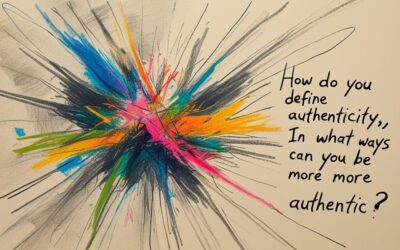
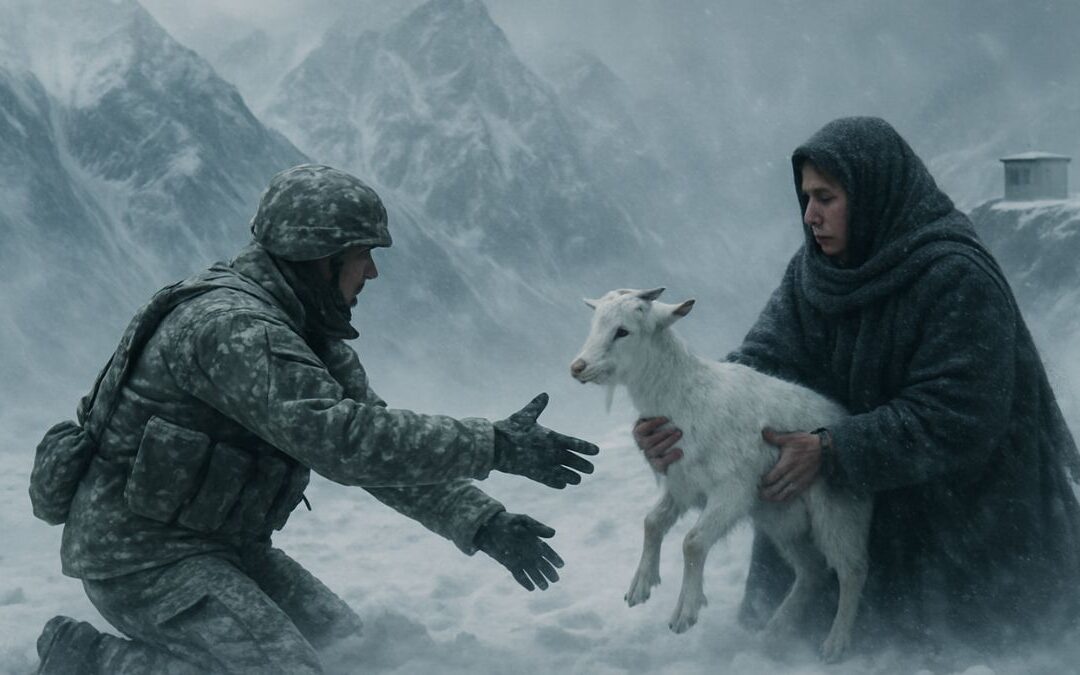
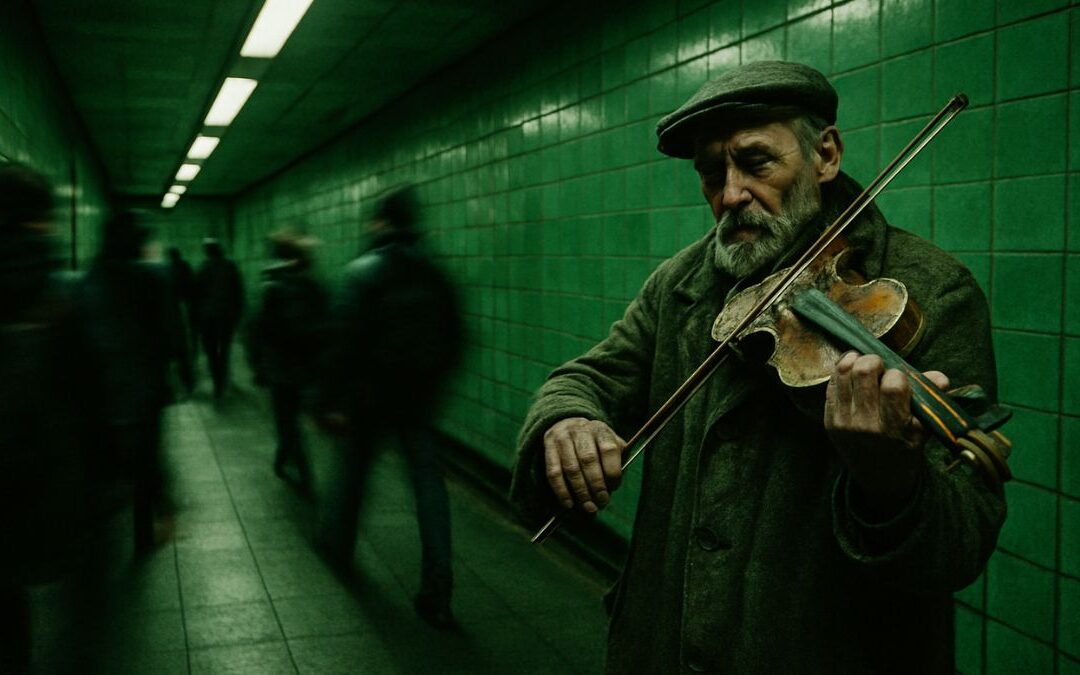
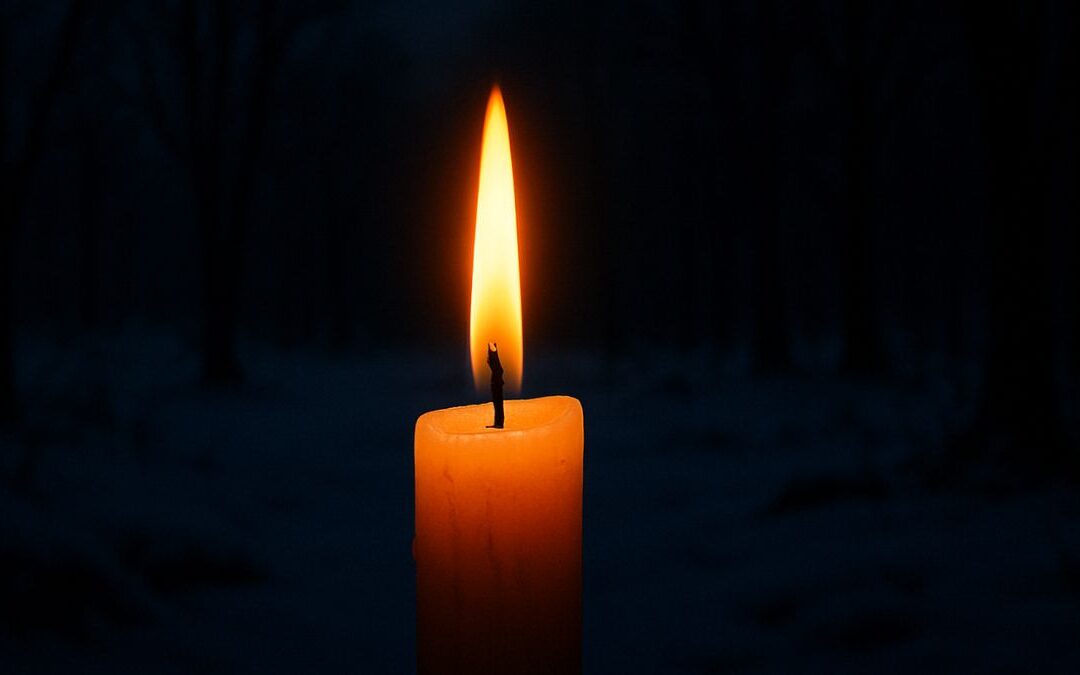

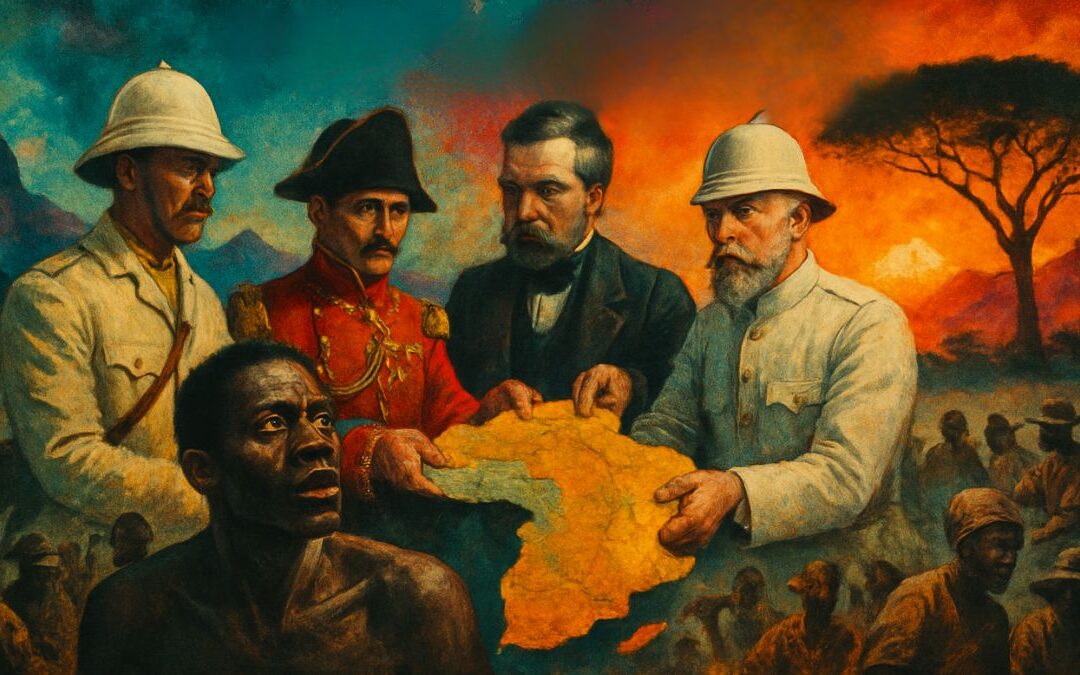
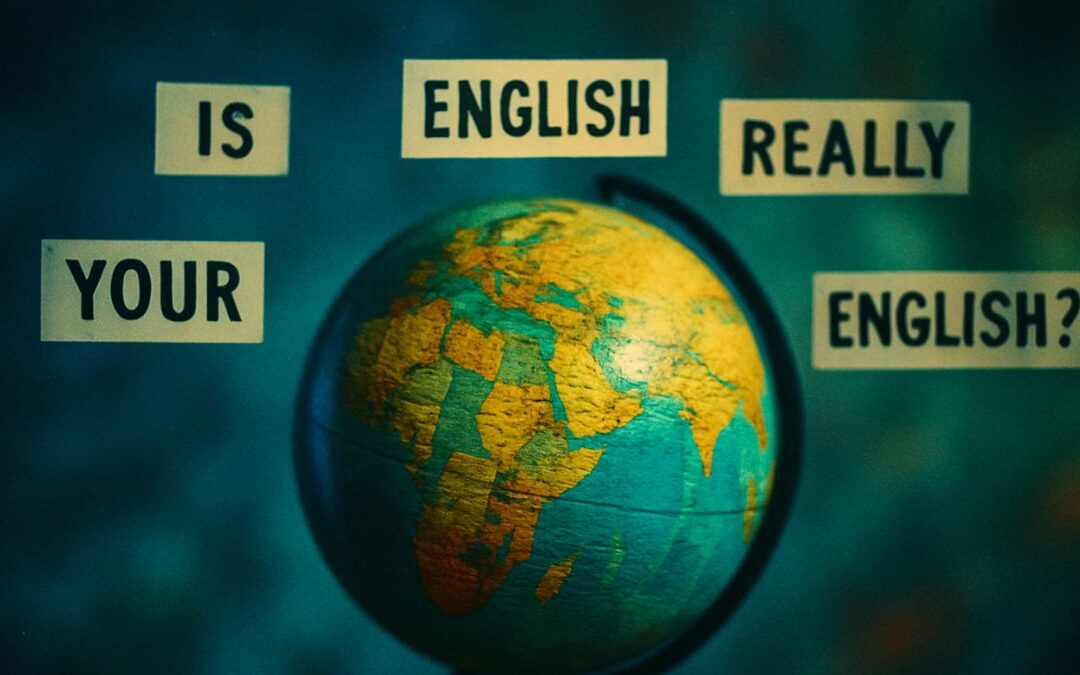
0 Comments